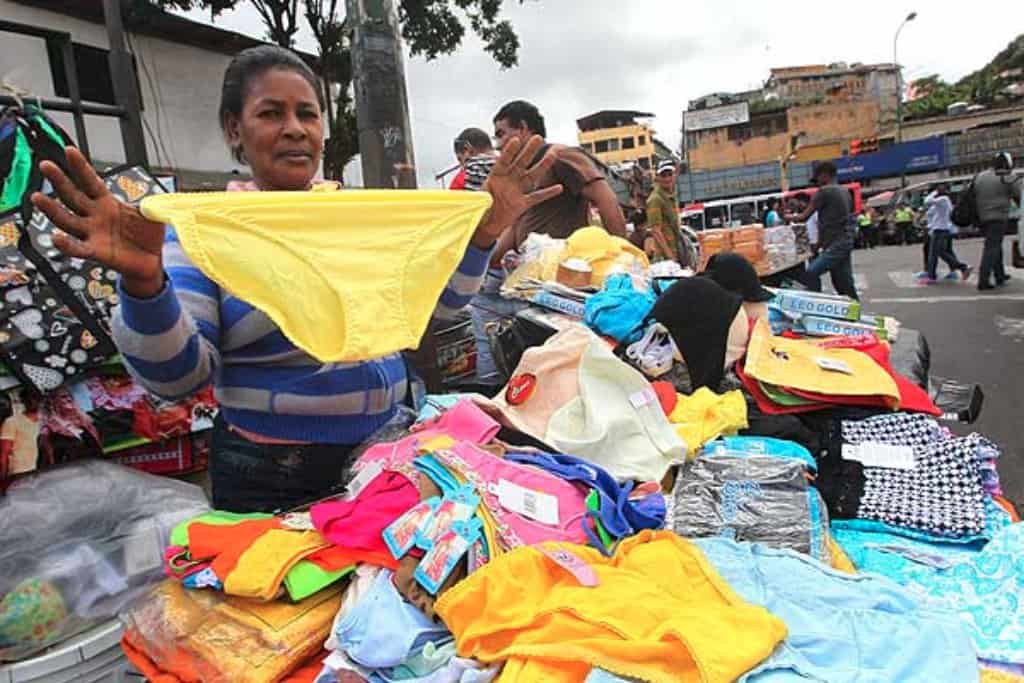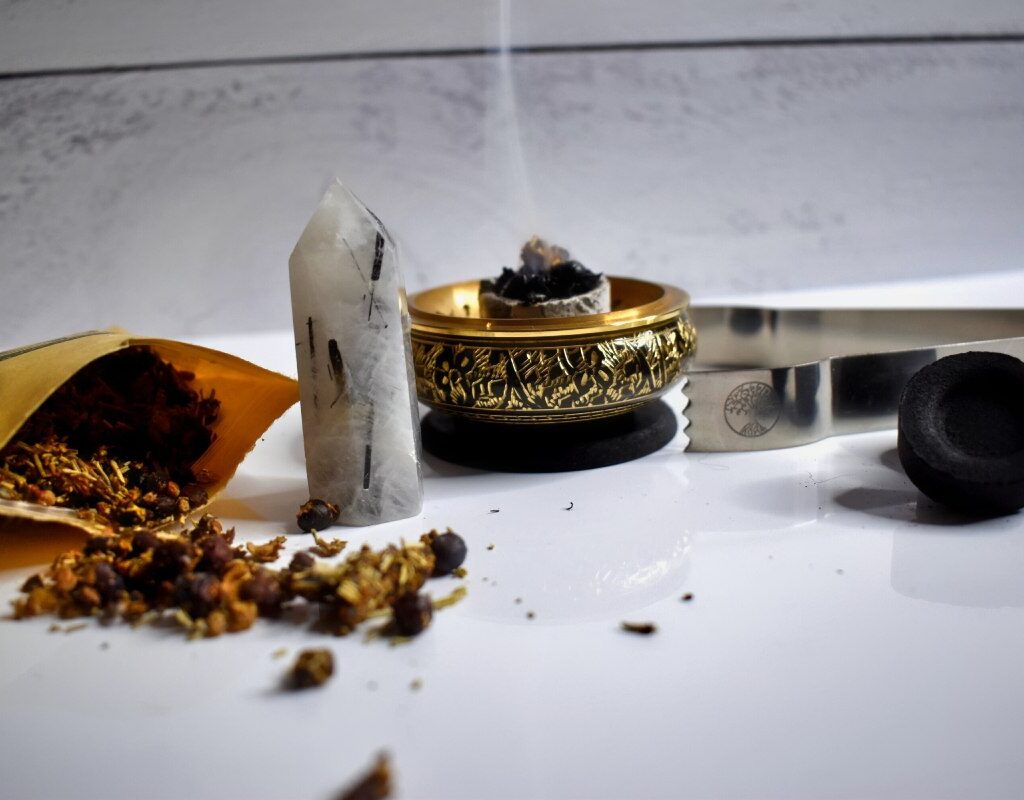In 2012, Caracas faced a severe economic crisis that impacted daily life. Despite this, the people of Caracas kept the tradition of New Year’s rituals alive, seeking hope and prosperity despite the hardships.
New Year’s Traditions Defy Economic Downturn
Despite shortages and high prices, many strived to carry out their New Year’s rituals, aiming for economic prosperity and love for the coming year.
During a tour of various areas of Caracas, a significant variability in the prices of essential products for these rituals was noted, including yellow underwear, grapes, wish balloons, mandarins, and sparkling wines.
In places like the intercommunal avenue of Antímano, prices varied considerably, from yellow panties between 30 and 40 bolivars, to grapes reaching 100 bolivars per kilo.
Despite economic challenges, the tradition of ending the year with hope remained strong. Betty Herrera, a local resident, shared that although everything was more expensive, people made efforts to acquire a bit of each essential item for the rituals, highlighting the importance of faith and hope in difficult times.
A Variety of Options at the San Jacinto Market
In the heart of Caracas, the San Jacinto market stood out as a central point for those looking for New Year’s ritual products at affordable prices.
Here, the variety was broad and catered to all budgets, offering from economical panties at 10 bolivars to boxer shorts ranging between 35 and 45 bolivars.
Juana Rodríguez, a resident of the La Vega sector, expressed how the economic situation forced her to look for the cheapest options: “you have to walk around and find the most affordable.”
This was a common effort among Caraqueños, who stretched their budget not only for New Year’s garments but also for essential ingredients of the season, such as those for hallacas, thus ensuring they could enjoy a worthy celebration with loved ones.
The quest for fair prices also extended to traditional fruits like mandarins and grapes, essential for the midnight rituals.
Although grape prices could vary considerably, from 100 to 180 bolivars per kilo, the community strived to maintain the tradition of the twelve grapes, a symbol of the wishes for each month of the following year.
Defying Restrictions: The Wish Balloons Continue to Fly
Despite restrictions imposed by local authorities, which included the prohibition of wish balloons for safety reasons, many vendors in Caracas continued to offer these products discreetly.
These balloons, made of paraffin and paper, were popular among locals for the belief that they helped send wishes to the universe, despite the risk of combustion they posed.
The sale of these balloons was carried out on streets and avenues in a covert manner, with prices generally starting at 60 bolivars.
Places like Lecuna Avenue and the Cathedral, as well as Urdaneta Avenue and El Silencio, were known selling points where tradition defied regulations.
The persistence of this tradition underscores the cultural importance of New Year’s rituals for many Caraqueños, who, despite economic difficulties and legal restrictions, sought ways to keep their customs and hope for a better year alive.
Resilience and Hope: The Spirit of Caracas at New Year
The year 2012 witnessed how, even in times of economic crisis, the citizens of Caracas showed incredible resilience and adaptability. New Year’s rituals, more than simple traditions, became acts of hope and affirmation for a better future.
Through purchasing products for rituals, from colorful underwear to fruits and wish balloons, Caraqueños were not only seeking luck and prosperity but were also affirming their cultural identity and resilience against adversity.
This ability to keep traditions alive in difficult times not only speaks to the indomitable spirit of Caracas’s residents but also to the importance of community and solidarity.
Through small acts, like sharing information on where to find the best prices or how to safely continue traditions, Caraqueños strengthened their community bonds and collectively prepared to welcome the New Year with optimism and joy.
Thus, the New Year’s rituals in Caracas are not only a display of local culture but also a reflection of how faith and community can be pillars of strength in times of uncertainty.
These traditions, enriched by the diversity and creativity of its people, remain a vibrant testimony to Venezuelan culture and a reminder that, even in the darkest moments, there is light and hope on the horizon.




